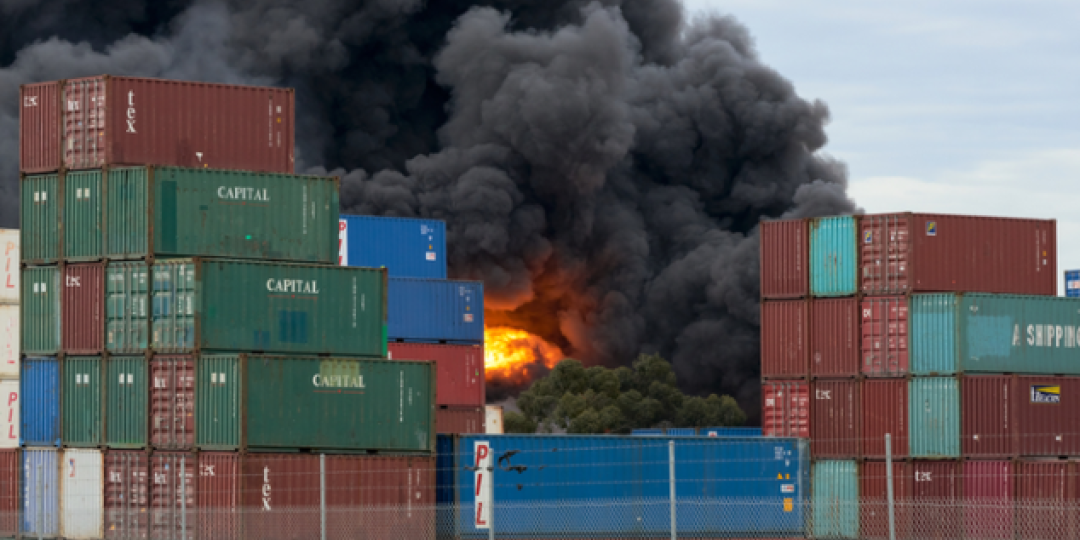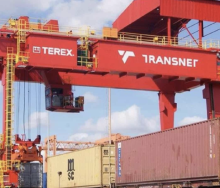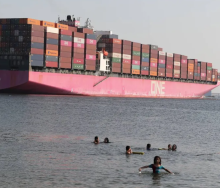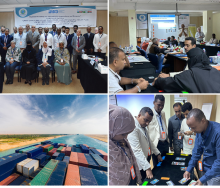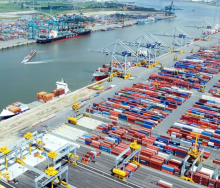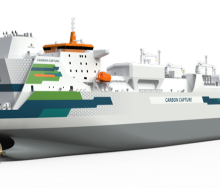This year is on record to become one of the most devastating years in the history of hazardous cargo carriage at sea and its portside storage after yet another vessel, the TSS Pearl, sank in the Red Sea following an onboard fire (see report elsewhere).
In September, another vessel fire was reported after a roll-on roll-off (ro-ro) carrier, Midnight Sun, caught fire while berthed at Seattle’s Port of Tacoma.
It was the second ro-ro fire this year after the Felicity Ace, carrying more than 400 cars headed to the US from Germany, sank off the Azores in February.
The Ace, which carried a large number of electric vehicles, was entirely burnt out in what was most likely a lithium-ion fire.
In August an on-board fire was also recorded off the west coast of Sri Lanka after containers on the ZIM Charleston started smouldering.
In May last year Sri Lanka’s maritime sector also had to deal with the X-Press Pearl, a box ship that suffered an uncontrollable chemical blaze off the coast of Colombo.
It was eventually towed to deep sea where its smouldering wreckage sank on June 2.
Apart from the fire on board the Charleston, August also saw a devastating fuel oil terminal blaze at Matanzas in Cuba.
The month before, 13 people died at the Port of Aqaba in Jordan when plumes of toxic chlorine fumes leaked from a container that had been dropped on a ship’s deck.
In the same month of June, 49 people died and more than 300 were hospitalised when dangerous cargo at a depot near the Port of Chittagong in Bangladesh ignited.
The latest incident of the TSS Pearl brings to mind what marine insurer Allianz Global Corporate & Specialty said in May after the release of its Safety & Shipping Review 2022.
It cautioned that “fires often start in containers, which can be the result of non/misdeclaration of hazardous cargo, such as chemicals and batteries.
“Around 5% of containers shipped may consist of undeclared dangerous goods. Fires on large vessels can spread quickly and be difficult to control, often resulting in the crew abandoning ship, which can significantly increase the final cost of an incident.”
